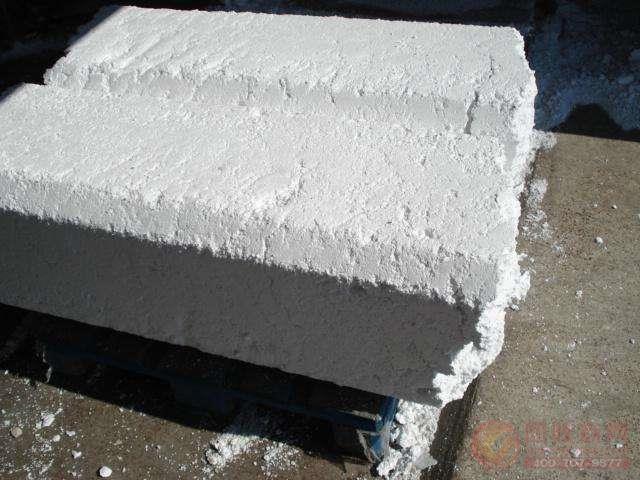Using waste foam plastic as insulation material With the development of the chemical industry, polystyrene foam has been turned into a more promising field of building insulation materials for use as packaging materials, disposable tableware, and the like. The defoamed waste polystyrene foam is added to a dose of a low-boiling liquid modifier, a foaming agent, a catalyst, a stabilizer, etc., and the polystyrene beads are pre-expanded by heating, and then heated in a mold. A rigid polystyrene foam board having fine closed pores was obtained. The plate can be used alone or after being formed and then coated with a thin aluminum plate to form an aluminum composite panel. The thermal insulation performance is very good. It is tested by the actual use of the roof of the house. The result is no frosting and condensation, and the construction cost can be reduced, and the construction operation is convenient. Therefore, in the northern heating area, the polystyrene foam insulation board produced by the law has wide application and good development prospects. Preparation of waterproof coatings from waste foam The water foaming waterproof coating can be prepared by modifying the waste foam with a suitable modifier to prepare a water-milk waterproof coating with a normal temperature and a quick drying time. The method is simple in process, and it is convenient to adjust the viscosity by water. The waterproof coating can be used for corrugated boxes instead of moisture-proof oil, and can also be used for waterproofing fiberboard. Preparation of p-nitrobenzoic acid from waste foam P-Nitrobenzoic Acid (PNBa) is mainly used in the manufacture of strong fibers, pesticides, dyes, resins, metal surface rust inhibitors, sunscreens, color film couplers and filters. The waste foam can be obtained by nitrating and oxidizing. The method has the advantages of easy availability of raw materials, simple process and high added value of products, and is suitable for promotion in township enterprises. Using waste foam to crack styrene There are three methods for cracking styrene from waste foam, namely thermal cracking, catalytic cracking and anaerobic catalytic cracking, which can ultimately convert waste foam into styrene, an important chemical raw material. At present, the recycling technology of waste plastics is constantly being researched and introduced. The use of waste plastics to modify the production of building materials deserves more attention and exploration. Solar LED Street Light has become an increasingly popular way of providing energy-efficient lighting for public spaces and roads. As the name suggests, solar street lamps are powered by solar panels that collect energy from the sun during the day, which is then stored in rechargeable batteries. This energy is then used to power LED lights, which can provide bright and long-lasting lighting for up to 12 hours without any additional power source. With the inclusion of various features such as motion sensors, solar induction street lights and more, these solar powered street lights have proven to be an effective solution for reducing energy consumption and carbon footprint. Let us dive deeper into the discussion and learn more about the benefits of this amazing technology. solar street lamp,solar powered street lights, solar induction street lamp,solar street light with motion sensor Ningbo Le Monde Lighting Co.,Ltd , https://www.nblemonde-lighting.com